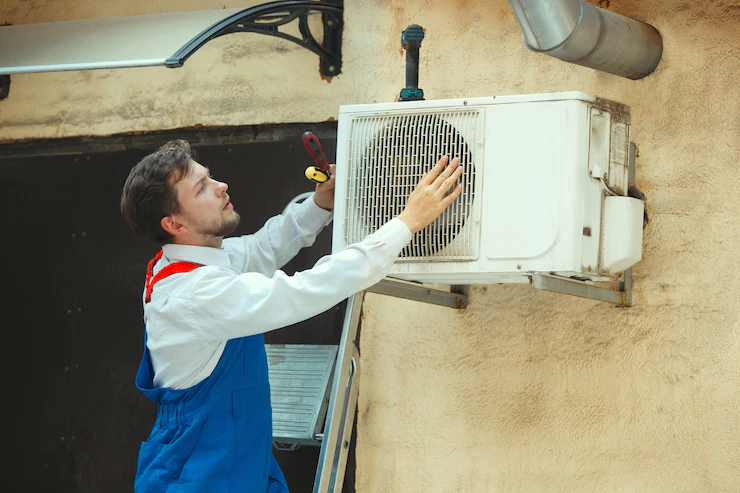
You may have heard about MERV rates air filters but never understood what it is all about. This article seeks to help you understand the term to choose a filter that works for you. Let us begin by finding out what a MERV filter is.
What is a MERV filter?
The term MERV is an initialization for Minimum Efficiency Reporting Value. It is the industry measure that informs how effective your air filter is. MERV is based on a scale of 1 to 16. The smallest number on this scale means your air filter will be less effective in trapping dirt and dust particles. On the other hand, 16 is the highest number and ensures that most particles do not go through.
As you choose your air filter based on MERV rating, you should consider another key factor – pressure. The finest filtration of the MERV 16 filter can cause low pressure, rendering it unusable. On the other hand, a MERV 13 air filter tends to be the best balance on the high and low ends. It can trap the most common airborne contaminants and pathogens to keep your home clean.
About air filter arrestance
A conversation on air filters would be incomplete when you do not look at them in terms of arrestance. Arrestance measures the ability of your air filter to remove synthetic dust from the air. A high rating in this aspect means it can remove large particles such as lint, dust, dirt, and hair.
How does a MERV 13 filter work?
The MERV 13 works by drawing in unclean air and passing it via several progressively smaller openings. The rating of this filter allows it to trap unwanted particles such as dirt and dust until only clean air enters your living and working spaces.
As the air leaves the filter, it would have minimal particulate content. Only those particles that are too small would make it through.
The filter media in the MERV 13 filter is so effective that it can keep out most disease-causing viruses and bacteria. It has a high efficiency that is ideal for use in most settings like residential buildings, commercial setups, and healthcare environments.
Types of filters available
Different types of media can be used in an air filter. They include:
#1: Pleated air filters
These filters are folded with a larger filtration surface area. They have a pleated form, hence the name. The positioning mode makes them the most effective as they restrict a high amount of airflow. The pleating positioning ensures that it covers a bigger surface area to achieve a lower pressure drop.
#2: Washable filters
These types of filters are environmentally friendly and save money. You can reuse them severally provided you keep washing them in due time. One thing to remember is that they accumulate dirt more often and will require timely cleaning.
#3: UV filters
These work by releasing short wavelength that kills viruses and bacteria. The UV lamps disinfect air as it passes through the HVAC system for cleaner air. They are an excellent choice when you want to clean microorganisms in hazardous environments.
Also Read: How Regularly Should You Change Your 16 25 1 Air Filter.
